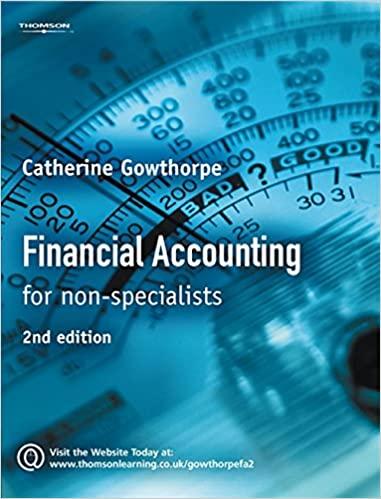Blueprint Connection: Accounting Equation (Corp) The foundation for the accounting system and the financial statements is the accounting equation. Select the term that completes the
Blueprint Connection: Accounting Equation (Corp)
The foundation for the accounting system and the financial statements is the accounting equation. Select the term that completes the accounting equation.
| Assets = | Liabilities + Stockholders' Equity |
| The left side of the equation shows the economic resources of the company. | The right side of the accounting equation summarizes who provided those assets: creditors or the owners (for a corporation, the stockholders). |
Assets are resources (such as cash, supplies, land, buildings, and equipment) that a business acquires using funds borrowed from creditors, invested by the stockholders, and generated by the business. Liabilities , represent creditors' claims on the business's assets. Stockholders' Equity , represents amounts invested by the stockholders and earnings generated by the business that have not been paid out in dividends.
Feedback
Review the accounting equation, as well as the definitions of each component.
Consider the following transactions for Thomas Company and their effects on its accounting equation. Click on each transaction. Review the transaction details, and determine the new amounts for the accounting equation. Enter the new amounts for assets, liabilities, and stockholders' equity after each transaction. If an amount box does not require an entry, leave it blank.
- owner invested 24,220 cash
- company borrow 7,180 cash from a local bank
- the company pays ash for a piece of equipment for 4,700
| Transaction | Assets | = Liabilities | + Stockholders' Equity |
|---|---|---|---|
| Beginning | $0 | $0 | $0 |
| 1. Investment in the business | $ | $ | $ |
| 2. Borrow cash | $ | $ | $ |
| 3. Purchase equipment | $ | $ | $ |
Feedback
Remember that each transaction has at least two components and the accounting equation must remain in balance. In other words, a change on the left side of the equation must match a change on the right side of the equation. Not all transactions affect both sides of the equation. One asset may be exchanged for another, for example, and there would be no change to the total amount of assets.
The stockholders' equity component of the accounting equation is affected by stockholders' contributions, dividends and by the net income or loss generated by the business. Stockholders' equity increases for revenue earned and decreases for expenses incurred. Thomas Company had transactions affecting stockholders' equity during the past year. The table below demonstrates the effect of these transactions for Thomas Company. Click on each transaction. Review the transaction details, and determine the new amounts for the accounting equation. Enter the new amounts for assets, liabilities, and stockholders' equity.
- During the year, the company earned revenues totaling $308,000. The cash has been collected from the customers for all the revenue earned this year.
- the company incurred expenses totaling $223,500during the same year. All expenses incurred paid in cash.
- At the end of each quarter, the company paid cash dividends. the sum of quarterly dividends was $42,210
| Transaction | Assets | = Liabilities | + Stockholders' Equity |
|---|---|---|---|
| Beginning | $31,400 | $7,180 | $24,220 |
| 1. Revenues earned | $ | $ | $ |
| 2. Expenses incurred | $ | $ | $ |
| 3. Distributions | $ | $ | $ |
Feedback
Remember that the table reflects the balances in the accounting equation after the transactions are recorded. The accounting equation must remain in balance after every transaction.
Transactions are recorded using debits and credits. Indicate whether a debit or credit is used to increase and decrease the following account types that make up the accounting equation.
| Account type | Increase | Decrease |
|---|---|---|
| Assets | ||
| Liabilities | ||
| Revenues | ||
| Expenses | ||
| Stockholders' equity |
Step by Step Solution
There are 3 Steps involved in it
Step: 1

See step-by-step solutions with expert insights and AI powered tools for academic success
Step: 2

Step: 3

Ace Your Homework with AI
Get the answers you need in no time with our AI-driven, step-by-step assistance
Get Started


